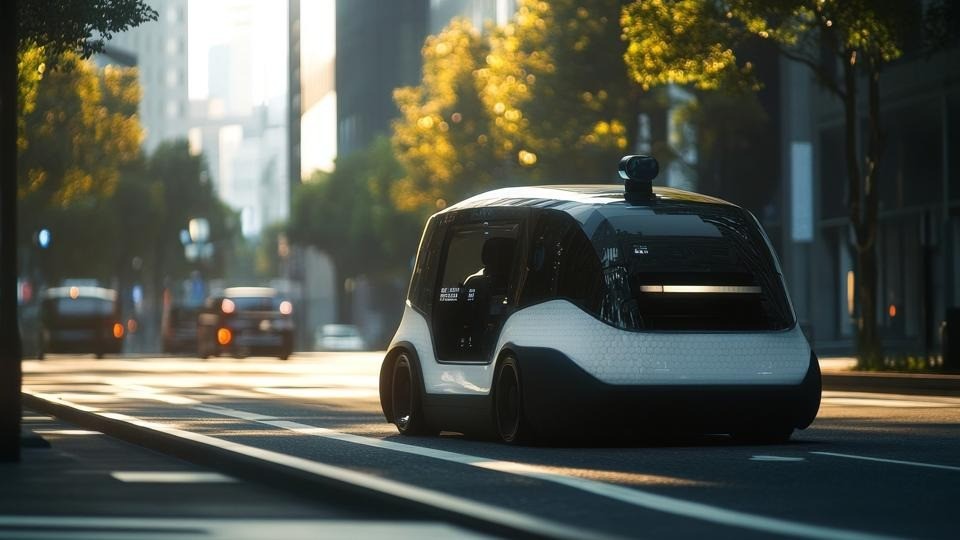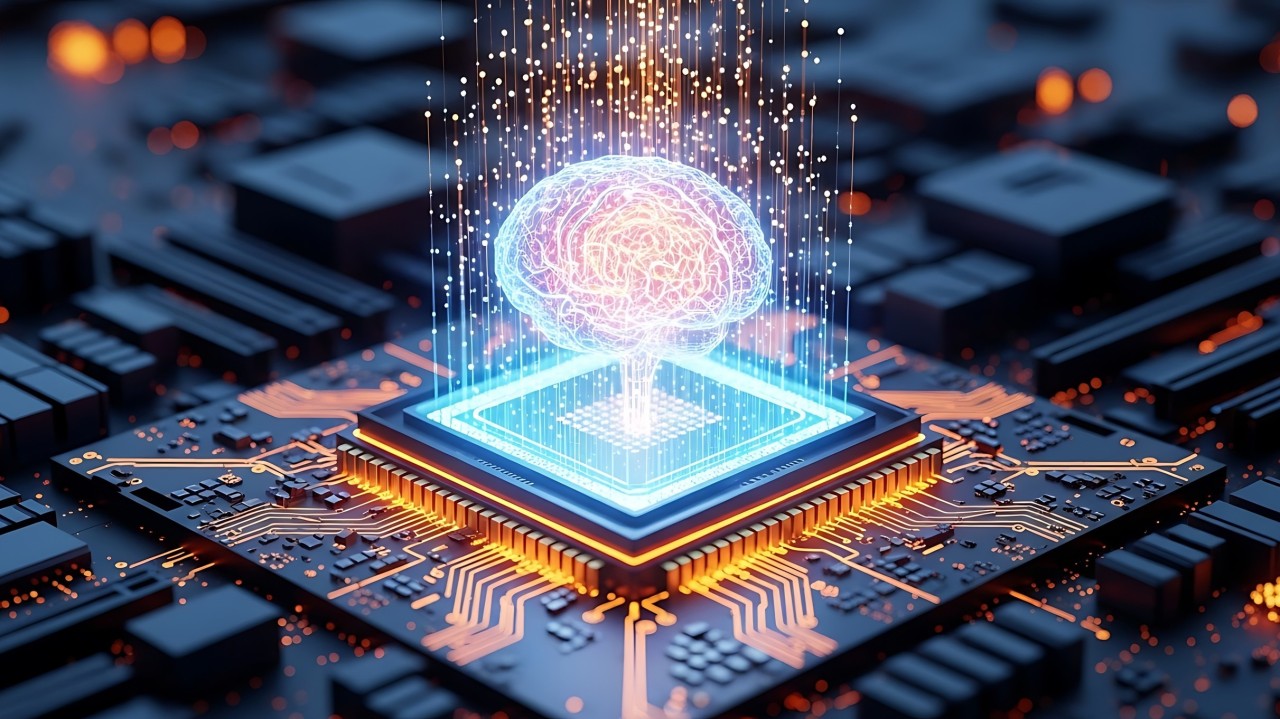7 Amazing Examples Of Computer And Machine Vision In Practice
2 July 2021
Even though early experiments in computer vision started in the 1950s and it was first put to use commercially to distinguish between typed and handwritten text by the 1970s, today the applications for computer vision have grown exponentially. By 2022, the computer vision and hardware market is expected to reach $48.6 billion. It is such a part of everyday life you likely experience computer vision regularly even if you don’t always recognize when and where the technology is deployed. Here is what computer vision is, how it works and seven amazing examples in practice today.

What is Computer Vision (CV)?
Computer vision is a form of artificial intelligence where computers can “see” the world, analyze visual data and then make decisions from it or gain understanding about the environment and situation. One of the driving factors behind the growth of computer vision is the amount of data we generate today that is then used to train and make computer vision better. Our world has countless images and videos from the built-in cameras of our mobile devices alone. But while images can include photos and videos, it can also mean data from thermal or infrared sensors and other sources. Along with a tremendous amount of visual data (more than 3 billion images are shared online every day), the computing power required to analyze the data is now accessible and more affordable. As the field of computer vision has grown with new hardware and algorithms so has the accuracy rates for object identification. In less than a decade, today’s systems have reached 99 percent accuracy from 50 percent making them more accurate than humans at quickly reacting to visual inputs.
How Does Computer Vision Work?
One of the critical components to realizing all the capabilities of artificial intelligence is to give machines the power of vision. To emulate human sight, machines need to acquire, process and analyze and understand images. The tremendous growth in achieving this milestone was made thanks to the iterative learning process made possible with neural networks. It starts with a curated dataset with information that helps the machine learn a specific topic. If the goal is to identify videos of cats as it was for Google in 2012, the dataset used by the neural networks needs to have images and videos with cats as well as examples without cats. Each image needs to be tagged with metadata that indicates the correct answer. When a neural network runs through data and signals it’s found an image with a cat; it’s the feedback that is received regarding if it was correct or not that helps it improve. Neural networks are using pattern recognition to distinguish many different pieces of an image. Instead of a programmer defining the attributes that make a cat such as having a tail and whiskers, the machines learn from the millions of images uploaded.
7 Amazing Examples of Computer Vision
Imagine all the things human sight allows and you can start to realize the nearly endless applications for computer vision. Here are some of the most exciting examples of computer vision in practice today:
- Autonomous vehicles
Computer vision is necessary to enable self-driving cars. Manufacturers such as Tesla, BMW, Volvo, and Audi use multiple cameras, lidar, radar, and ultrasonic sensors to acquire images from the environment so that their self-driving cars can detect objects, lane markings, signs and traffic signals to safely drive.
All you need to do to read signs in a foreign language is to point your phone’s camera at the words and let the Google Translate app tell you what it means in your preferred language almost instantly. By using optical character recognition to see the image and augmented reality to overlay an accurate translation, this is a convenient tool that uses computer vision.
- Facial recognition
China is definitely on the cutting edge of using facial recognition technology, and they use it for police work, payment portals, security checkpoints at the airport and even to dispense toilet paper and prevent theft of the paper at Tiantan Park in Beijing, among many other applications.
- Healthcare
Since 90 percent of all medical data is image based there is a plethora of uses for computer vision in medicine. From enabling new medical diagnostic methods to analyze X-rays, mammography and other scans to monitoring patients to identify problems earlier and assist with surgery, expect that our medical institutions and professionals and patients will benefit from computer vision today and even more in the future as its rolled out in healthcare.
- Real-time sports tracking
Ball and puck tracking on televised sports has been common for a while now, but computer vision is also helping play and strategy analysis, player performance and ratings, as well as to track the brand sponsorship visibility in sports broadcasts.
- Agriculture
At CES 2019, John Deere featured a semi-autonomous combine harvester that uses artificial intelligence and computer vision to analyze grain quality as it gets harvested and to find the optimal route through the crops. There’s also great potential for computer vision to identify weeds so that herbicides can be sprayed directly on them instead of on the crops. This is expected to reduce the amount of herbicides needed by 90 percent.
- Manufacturing
Computer vision is helping manufacturers run more safely, intelligently and effectively in a variety of ways. Predictive maintenance is just one example where equipment is monitored with computer vision to intervene before a breakdown would cause expensive downtime. Packaging and product quality are monitored, and defective products are also reduced with computer vision.
There is already a tremendous amount of real-world applications for computer vision, and the technology is still young. As humans and machines continue to partner, the human workforce will be freed up to focus on higher-value tasks because the machines will automate processes that rely on image recognition.
Related Articles
Flying Taxis And Self-Driving Trucks Arrive In 2026: 6 Transport Trends To Watch
By now, “smart” versions exist of just about every home appliance, gadget and gizmos we can think of. However, manufacturers continue[...]
Technology in Action: My Key Takeaways on How AI and Quantum Are Accelerating Global Transformation
By now, “smart” versions exist of just about every home appliance, gadget and gizmos we can think of. However, manufacturers continue[...]
The 10 Biggest Consumer Technology Trends Of 2026
By now, “smart” versions exist of just about every home appliance, gadget and gizmos we can think of. However, manufacturers continue[...]
8 AI Ethics Trends That Will Redefine Trust And Accountability In 2026
By now, “smart” versions exist of just about every home appliance, gadget and gizmos we can think of. However, manufacturers continue[...]
The 7 Banking And Fintech Trends That Will Define 2026
By now, “smart” versions exist of just about every home appliance, gadget and gizmos we can think of. However, manufacturers continue[...]
The 8 Biggest Healthcare Technology Trends To Watch In 2026
By now, “smart” versions exist of just about every home appliance, gadget and gizmos we can think of. However, manufacturers continue[...]
Sign up to Stay in Touch!
Bernard Marr is a world-renowned futurist, influencer and thought leader in the fields of business and technology, with a passion for using technology for the good of humanity.
He is a best-selling author of over 20 books, writes a regular column for Forbes and advises and coaches many of the world’s best-known organisations.
He has a combined following of 4 million people across his social media channels and newsletters and was ranked by LinkedIn as one of the top 5 business influencers in the world.
Bernard’s latest book is ‘Generative AI in Practice’.










Social Media